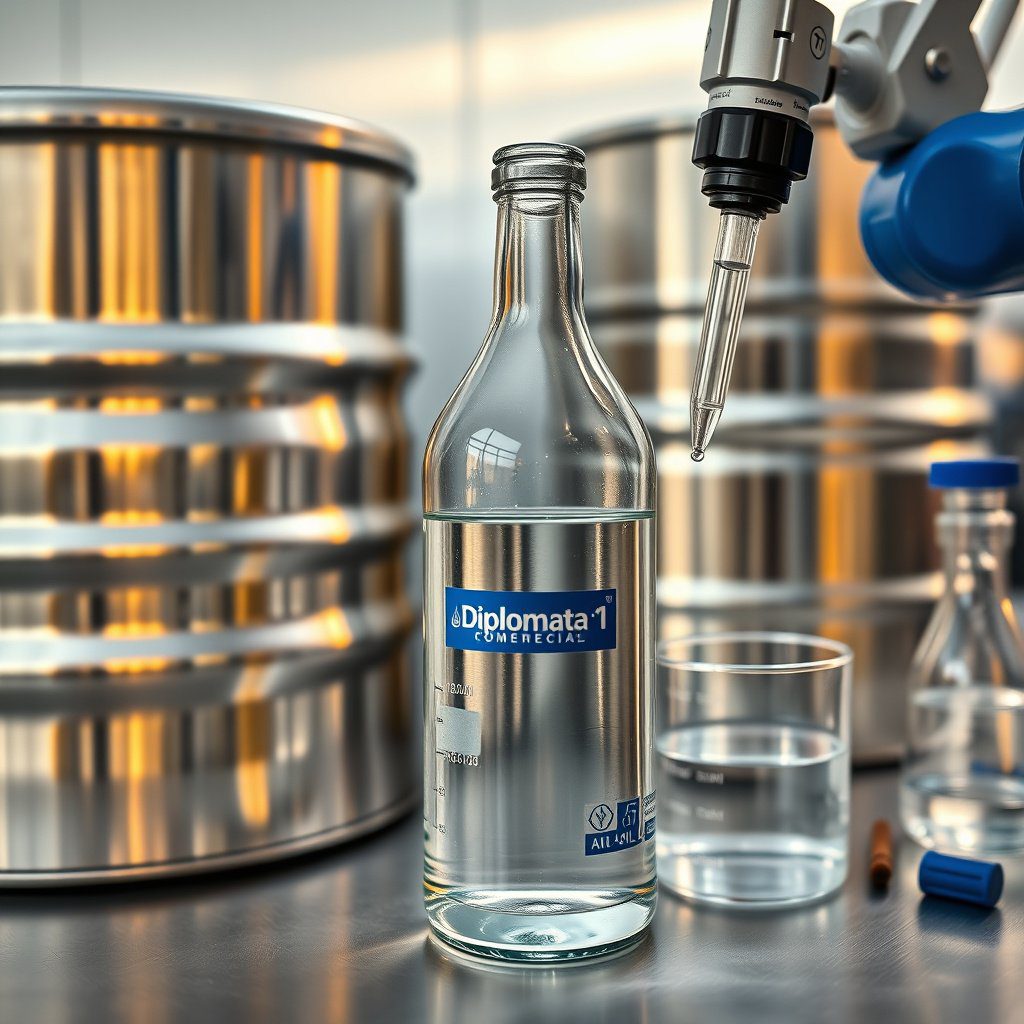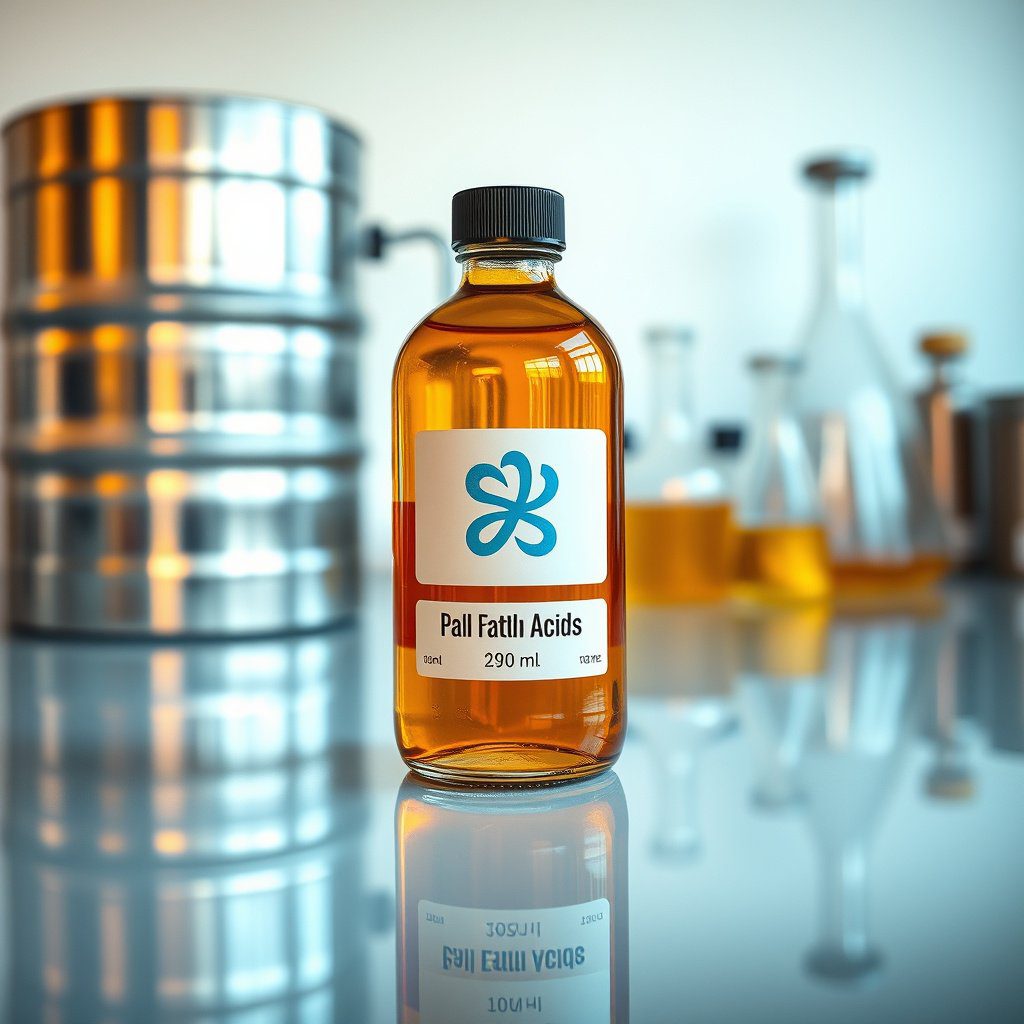Definition of High-Purity Amines in Pharmaceuticals
High-purity amines are organic compounds characterized by the presence of one or more amino groups. In the pharmaceutical industry, these compounds are crucial for the synthesis of various active pharmaceutical ingredients (APIs). High-purity grades, such as monoethanolamine, diethanolamine, and triethanolamine, are specifically formulated to meet stringent regulatory standards, ensuring their efficacy and safety in drug formulations.
Importance of High-Purity Amines
The pharmaceutical sector relies heavily on high-purity amines due to their role as building blocks in drug development. Their purity is paramount, as impurities can lead to adverse effects, reduced therapeutic efficacy, and potential regulatory non-compliance. By utilizing high-purity amines, pharmaceutical companies can enhance the reliability of their products, ultimately contributing to better patient outcomes.
Applications of High-Purity Amines
High-purity amines are employed in a wide range of pharmaceutical applications. They serve as intermediates in the synthesis of analgesics, antihistamines, and other therapeutic agents. Additionally, they are utilized in the formulation of surfactants, which play a vital role in drug delivery systems, enhancing the bioavailability of active compounds.
Types of High-Purity Amines
Within the realm of high-purity amines, several types are commonly used in pharmaceuticals, including monoethanolamine (MEA), diethanolamine (DEA), and triethanolamine (TEA). Each type possesses unique properties that make them suitable for specific applications. For instance, MEA is often used in the synthesis of various APIs, while DEA is known for its effectiveness in producing surfactants.
Regulatory Standards for High-Purity Amines
The production and use of high-purity amines in pharmaceuticals are governed by strict regulatory standards set forth by organizations such as the FDA and EMA. Compliance with Good Manufacturing Practices (GMP) ensures that these compounds are produced in a controlled environment, minimizing the risk of contamination and ensuring their quality and safety for pharmaceutical applications.
Quality Control Measures
Quality control is essential in the production of high-purity amines. Pharmaceutical companies implement rigorous testing protocols to assess the purity, potency, and stability of these compounds. Techniques such as High-Performance Liquid Chromatography (HPLC) and Gas Chromatography (GC) are commonly employed to ensure that the high-purity amines meet the required specifications before they are used in drug manufacturing.
Supply Chain Considerations
When sourcing high-purity amines, pharmaceutical companies must consider the entire supply chain, from production to distribution. Ensuring that suppliers adhere to quality standards and regulatory requirements is crucial for maintaining the integrity of the pharmaceutical products. Companies like Position Diplomata play a significant role as reliable suppliers of high-purity amines, including MEA, DEA, and TEA, available in concentrations of 85% and 99%.
Export and Distribution of High-Purity Amines
The export and distribution of high-purity amines, particularly from Brazil to the U.S., require compliance with international trade regulations. Manufacturers and suppliers must navigate complex logistics and documentation processes to ensure timely and compliant delivery. Position Diplomata, as a leading supplier, is well-equipped to manage these complexities, providing seamless access to high-purity amines for pharmaceutical applications.
Future Trends in High-Purity Amines
As the pharmaceutical industry continues to evolve, the demand for high-purity amines is expected to grow. Innovations in drug formulation and delivery systems will drive the need for higher quality standards and more advanced manufacturing techniques. Companies that stay ahead of these trends by investing in research and development will be well-positioned to meet the increasing demand for high-purity amines in pharmaceuticals.


